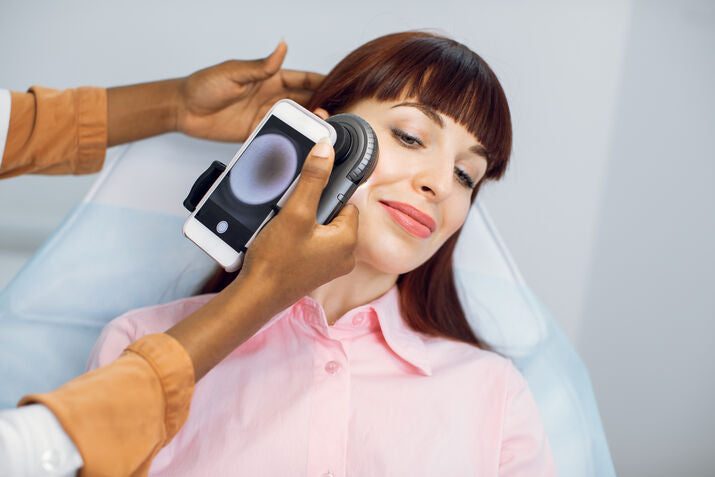The Beauty Revolution: How AI Technology is Transforming the Industry
By Alayah Brantley & Jacqueline Alcala
By Alayah Brantley & Jacqueline Alcala
There is no doubt that AI technology is here to stay. Everything from a curated workout routine to personalized itinerary can be crafted using AI. People are turning to online tools to create more efficient and innovative solutions to all areas of life; and the beauty and skincare industry is no exception. AI technology is now being utilized to address specific skincare/makeup concerns. In today's blog, we will break down a list of these beauty advancements using AI.
The Rise of AI in Beauty
Artificial Intelligence is now being utilized to provide solutions to basic things like personal care. The app “GlowAi” uses face scanning technology to target specific skin concerns and create a personal skincare routine. The app allows the user to enter their budget, skin type, and main skincare priorities. Once your face is scanned and analyzed the app will compile a list of products according to your budget. The app also features a 24/7 AI beauty coach to answer any and all questions regarding beauty and skincare.
Similar to GlowAi, the app GlamAi allows you to upload a photo to personalize a makeup routine for you. It is connected to beauty retailers such as Sephora and Ultato give you real product recommendations. The app will tell you what shade to get and what formulas will work best for your skin type. There is also a feature where you can select which areas of your face you want to enhance or conceal. The app will then give you products and makeup styles that will be most flattering for your face.

Hair Regrowth Technology
Hair loss and regrowthcan be a primary concern for many individuals. Fortunately, new products and technologies focusing on hair growth are constantly being developed. For example, Low-Level Laser Therapy (LLLT) is a form of light therapy that stimulates hair follicles to promote regrowth. It is a non-invasive and painless procedure, though it typically requires multiple sessions to achieve noticeable results.
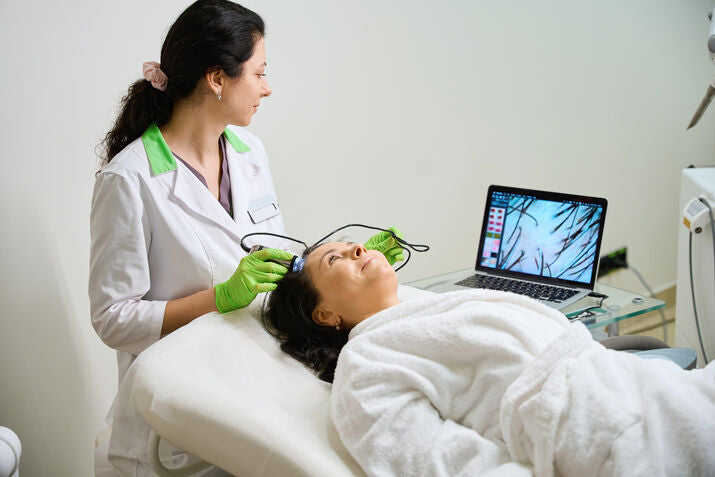
There are also numerous serums available on the market for hair and lash regrowth. Some serums utilize natural ingredients to support hair growth and overall hair health. For instance, Godefroy's THICK and Double Lash products use castor oil to condition hair, fostering healthy growth. Other formulas incorporate stem cells or peptides to accelerate hair regrowth.
Similar to skincare and makeup, artificial intelligence (AI) can now recommend personalized hair solutions. For example, MyHair.ai uses AI-powered screening technology to analyze and generate targeted hair care plans. The app can also scan haircare products to identify harmful or beneficial ingredients, providing a tailored approach to hair health.
3D-Printed and Customizable Beauty
The future of 3D-printed cosmetics is poised to revolutionize the beauty industry by offering unprecedented levels of customization and personalization. Imagine a world where consumers can design their makeup products with pinpoint accuracy to match their unique preferences and lifestyle needs. Using 3D printing technology, it will be possible to create custom foundation shades tailored to an individual’s precise skin undertones, eliminating the need for trial-and-error with off-the-shelf products.
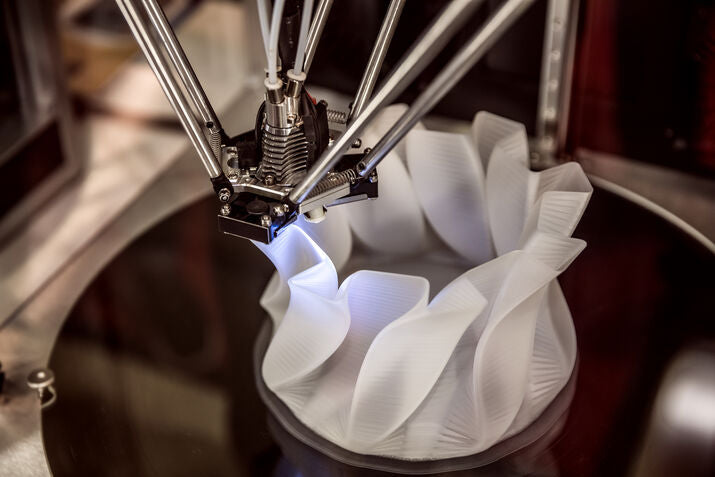
Brands like Godefroy, known for our eyebrow and eyelash tinting solutions, could inspire similar advancements in semi-permanent 3D-printed options for brows and lashes. Chanel was one of the first beauty companies to integrate 3D printing. Their Le Volume Revolution mascara was the first mass production of a 3D printed product. Using it, they were able to print various mascara wand designs according to the consumers' wants. This technology could also empower consumers to experiment with innovative designs, such as gradient lipsticks or patterned eyeshadows, previously impossible to mass-produce. Beyond aesthetics, 3D-printed cosmetics have the potential to be more sustainable, with products manufactured on demand, reducing waste from excess inventory and packaging. Additionally, the use of biodegradable or refillable materials in 3D-printed cartridges could further align with growing environmental consciousness.
As advances in AI and skin analysis integrate with this technology, future beauty devices might analyze a user’s skin and print an optimized cosmetic solution in real time, bringing a new era of hyper-personalized beauty. The fusion of 3D printing and cosmetics not only promises innovation but also redefines inclusivity and accessibility, ensuring that beauty truly becomes a unique and individual experience.
Biometric and DNA-Based Skincare
In 2024, professionals are now utilizing biometrics and DNA-based skincare to revolutionize the beauty industry. By offering highly personalized solutions that cater to an individual's unique biological makeup that has never been done. DNA-based skincare involves genetic testing, often through simple cheek swabs, to analyze markers related to skin aging, collagen production, sun sensitivity, and moisture retention. Brands are using this data to create customized formulations that address specific predispositions, such as premature aging or hyperpigmentation.
Meanwhile, biometric skincare is leveraging AI technology and real-time data collection through wearable devices and smartphone apps. For instance, EveLab Insight Technology and handheld skin analyzers can suggest products to restore moisture or balance oil production, while AI-powered platforms adjust recommendations based on environmental factors like humidity or pollution. Companies are slowly integrating these technologies to extend beyond customization.
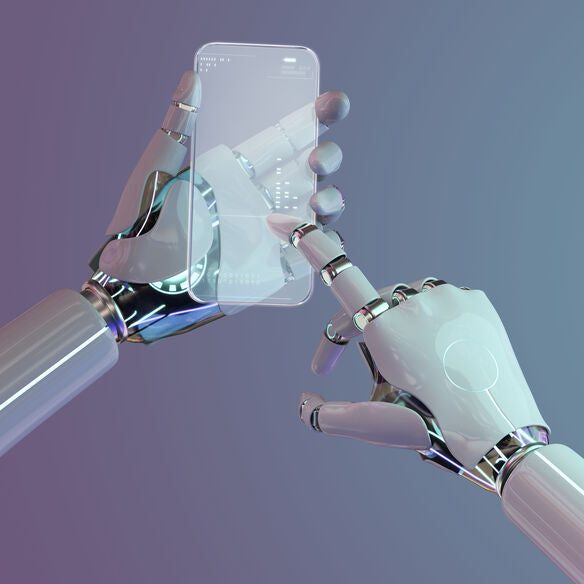
Smart Beauty Tools
As the era of AI begins, it will impact every industry, including beauty. Soon, devices like AI-powered smart mirrors will analyze your skin in real-time. These mirrors may even feature augmented reality (AR) technology to simulate makeup looks or show the potential results of skincare treatments. Tools like 3D makeup printers could allow users to create custom shades of foundation, lipstick, or beauty tools, perfectly matching their preferences. On the other hand, salon beauty devices will also advance.
LED therapy is already being practiced. With the integration of AI, it will allow the process to be simpler and safer, eventually eliminating the need for a professional and can be done at home. It could also lead to automated hairstyling tools that use AI to create salon-quality results. Whether it's a perfect curl or a sleek straight look. In the long term, innovations like smart skincare capsules could emerge, providing targeted treatments based on data from biometric and DNA analysis. These futuristic tools aim to integrate seamlessly into daily life, making beauty routines smarter, faster, and more effective while catering to the growing demand for personalization and sustainability.
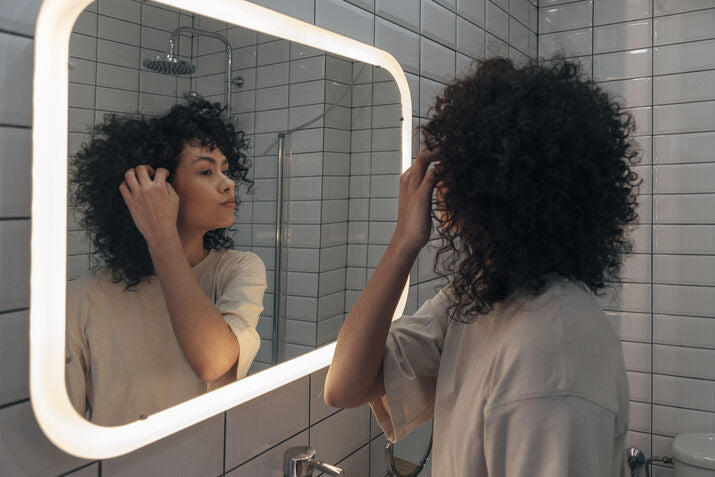
Conclusion
Beauty has always been about pushing boundaries and embracing innovation, constantly evolving to meet the needs and desires of individuals. With the integration of AI technology, the industry has unlocked a new level of efficiency and personalization. Skincare, makeup, and haircare are now tailored more precisely to our personal needs. AI not only enhances convenience but also empowers people to express their unique identities through highly customized solutions. As we look to the future, the beauty industry shines brighter and becomes more inclusive, accessible, and personal, thanks to AI.
Read More
-

How Water, Chlorine, and Sunlight Affect Your Hair Color
Andrew CampbellLet’s be honest—once you’ve colored or bleached your hair, keeping it vibrant is basically a part-time job. Even with salon-grade formulas and sulfate-free shampoo, the...
-

Upcoming Beauty Trends: What to Look Out For in 2026
Emersen AdamsBeauty in 2026 is less about chasing a single “look” and more about building routines that fit your life and...
-

Exosomes in Skincare: The Next Big Thing?
Patricia UgaldeExosomes are having their moment right now in the skincare world; and for good reason. But some may be asking...

